Under Pressure
by John Morris
Aviation emissions represent 2.1% of the global share and 4.9% when non-CO2 effects are included. The industry is under pressure to reduce its contribution to climate change to zero emissions and effects by the end of this century. Meanwhile, both civilian and military aircraft are regularly refuelling aircraft pumping fuel beneath the wings and fuselage at around 50 psi.
Among the civilian vehicles, are a range of pressure refuellers ranging from the 45,000 litre Scania, the 18,000 litre Dennis and 12,000 litre Volvo and Mercedes-Benz and the smaller 4,500 litre DAF.
Dinky Toy’s civilian pressure tender 60Y dates back to a much earlier time, following the growth of record-breaking distance flights, such as Amy Johnson’s flight from London – Darwin, Australia, in May 1930. At this time, London Airport was located at what was known as Croydon Airport.
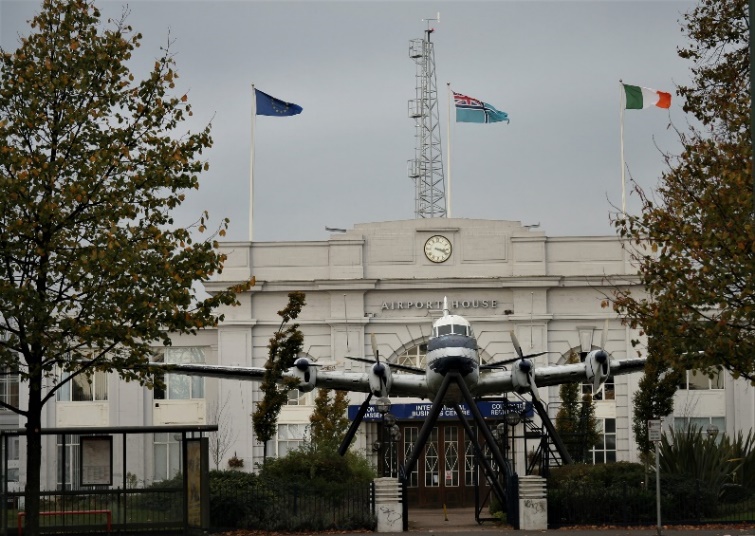
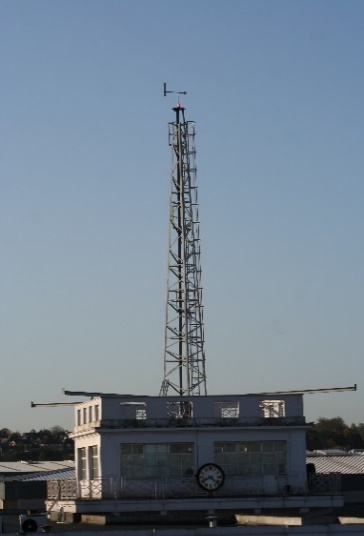
In 1959, I watched the last aircraft depart Croydon Airport on a dark November evening.
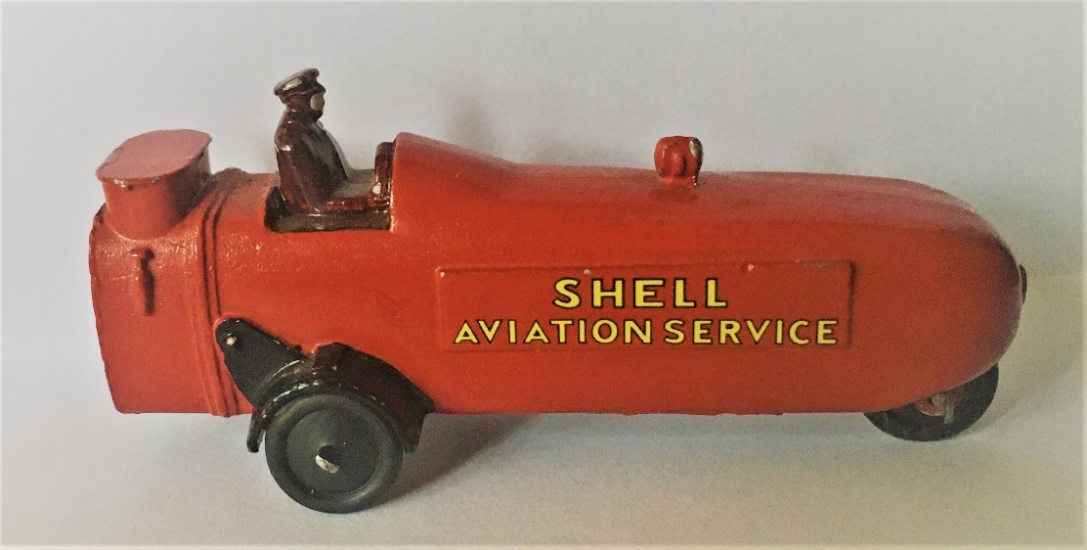
In 1937, Dinky Toys introduced the Thompson fuel tender 60Y. The 84 mm long, cost 8d and 10d in 1939. The red cast body, with black fenders, had three white solid rubber wheels, although black wheels were also used. The decals on each side of the model advertised Shell Aviation Services. This model was popular at a time when 25% of models in the catalogue were aircraft. The model was withdrawn in 1940.
The tender was manufactured by T.R. Thompson Ltd, in Bilston, near Wolverhampton, around 1935, and was powered by a 10 hp air-cooled JAP engine. The leather clutch transferred power between just two gears. The 3 gallon petrol tank had a 3 quarts oil tank. A military version can be seen at the Yorkshire Air Museum, Elvington, near York. The F/11 marking denotes that it operated at a fighter station in London or the Home Counties, possibly Croydon, Biggin Hill, Kenley or Tangmere.
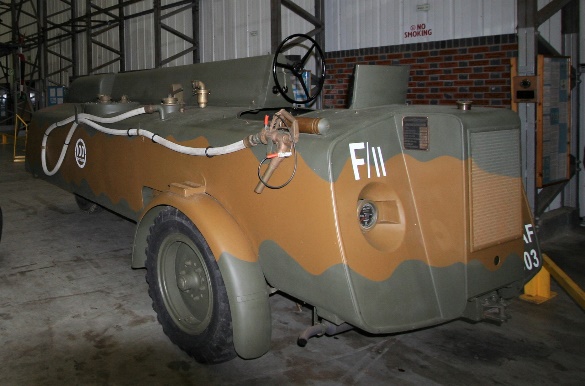
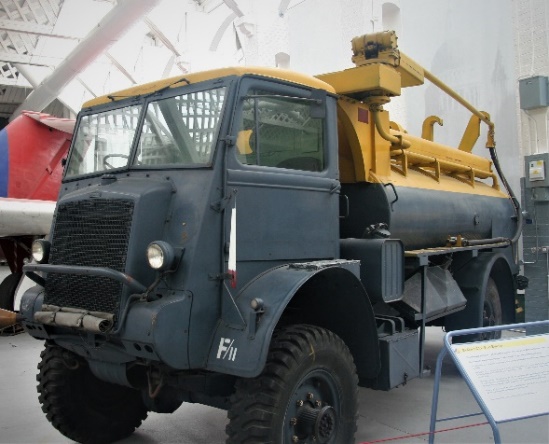
These days, military vehicles are normally the massive Oshkosh, the MAN 4, the Dennis, the Leyland/ AEC Ergonomic design, and the smaller DAF. In the past the RAF used the AEC Matador and the Bedford QL as exhibited at Imperial War Museum (IWM), Duxford, Dinky Toys made famous the RAF’s popular 6x4 Leyland Hippo refueller (642).
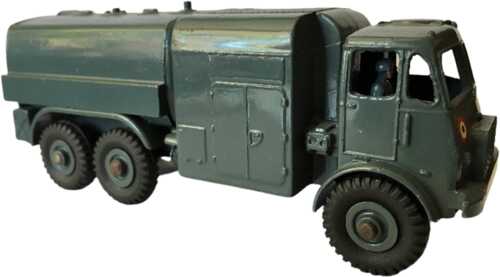
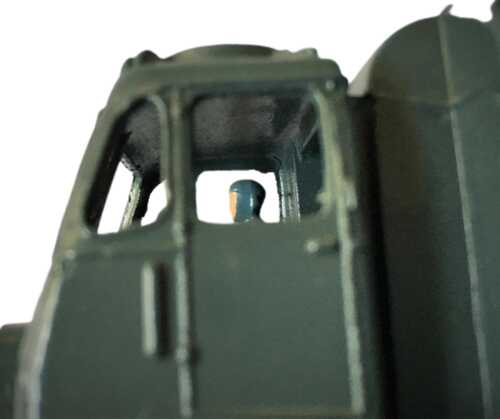
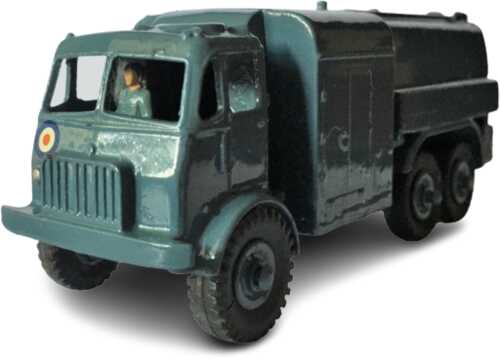
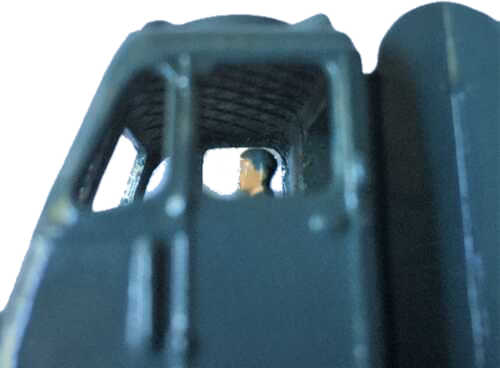
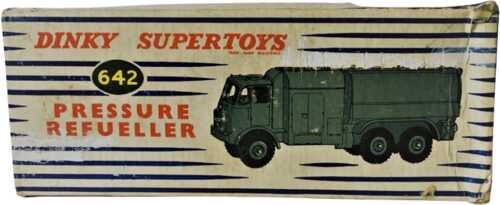
In the May 1957 edition of the Meccano magazine, Dinky Toys launched 140mm long pressure refueller, which sold for 7/9 reducing to 7/6 in 1959. Based on the Leyland Hippo, 2,500 refueller, with a pumping c apacity of 500-600 gallons per minute, the Royal Air Force blue-grey model had a cast body, black sheet metal baseplate, and large black treaded tyres on supertoy hubs. At the rear was the standard towing hook. The model had three variants. Initially, the refuller had no driver, however a RAF uniformed driver was introduced during 1957 and remained through to 1962. In 1961, the model had plastic windows. Early cabs have a smooth interior roof. Models from 1959 have a cross-hatched interior roof. Most models have a French roundel on the front of the cab. This was a production error, with models from 1959 having the correct RAF roundel. Making its first appearance in the August 1957 catalogue, it also featured in the 1958 and 1959 catalogues.. Introduced in 1957, the refueller was withdrawn in 1962
For the future of refuelling, sustainable aviation fuel (SAF) will be essential. Made from biogenetic feed, waste cooking oil, farming residues, municipal waste, re-cycled CO2 and carbon-capture. These will be steps along the way during the lead in to new propulsion technologies based on hydrogen and electric and net zero emissions by the end of the century.